Walking Derby and the Derwent Valley, on a morning with 'dappled light on the river reflecting the monumental 18th-century mills'
Fiona Reynolds walks the Derwent Valley Heritage Way in Derbyshire, and is struck by the contrast between Man and Nature.
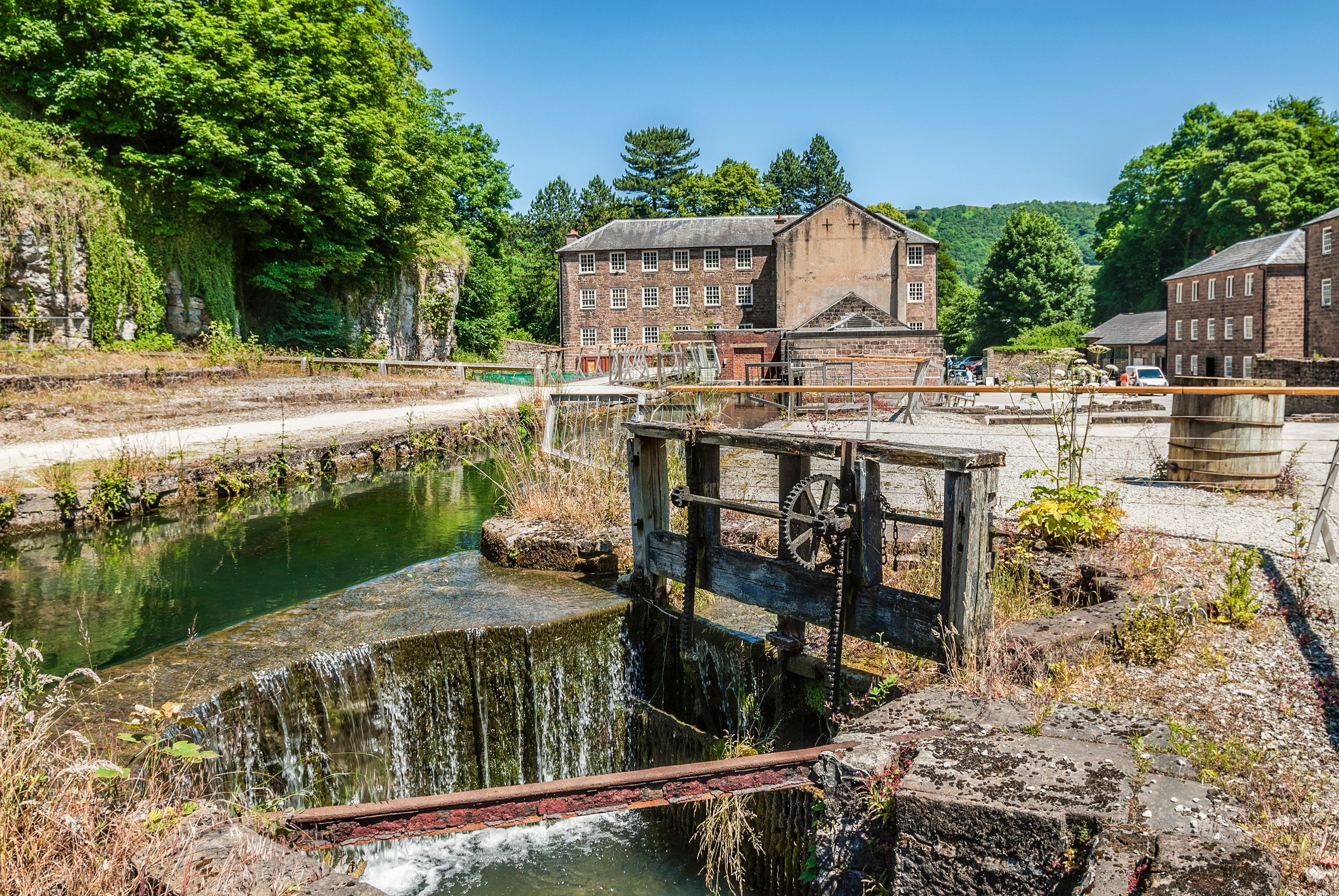

Derbyshire is a county of contrasts. The Peak District tends to jump first into our minds, but Derbyshire is also the birthplace of technology and industry, not least the revolution led by Richard Arkwright in the 18th century. His cotton mills in the Derwent valley were the first water-powered factories.
It’s also the seat of some of England’s great families — the Dukes of Devonshire of Chatsworth and Hardwick Hall, the Curzons of Kedleston and the Harpur Crewes of Calke Abbey — but it’s seen huge changes since its early industries declined and so has its county town. Today, the medieval spire of the cathedral soars above beautiful Georgian buildings that survived the 1960s remodelling of the city, but are surrounded by a huge, ugly bypass and undistinguished 20th-century buildings.
I’m in Derby for the university’s symposium on ‘nature connections’. It’s the perfect place for the event, with fascinating research going on under Prof Miles Richardson’s leadership and the countryside a breath away from this busy, complicated city.
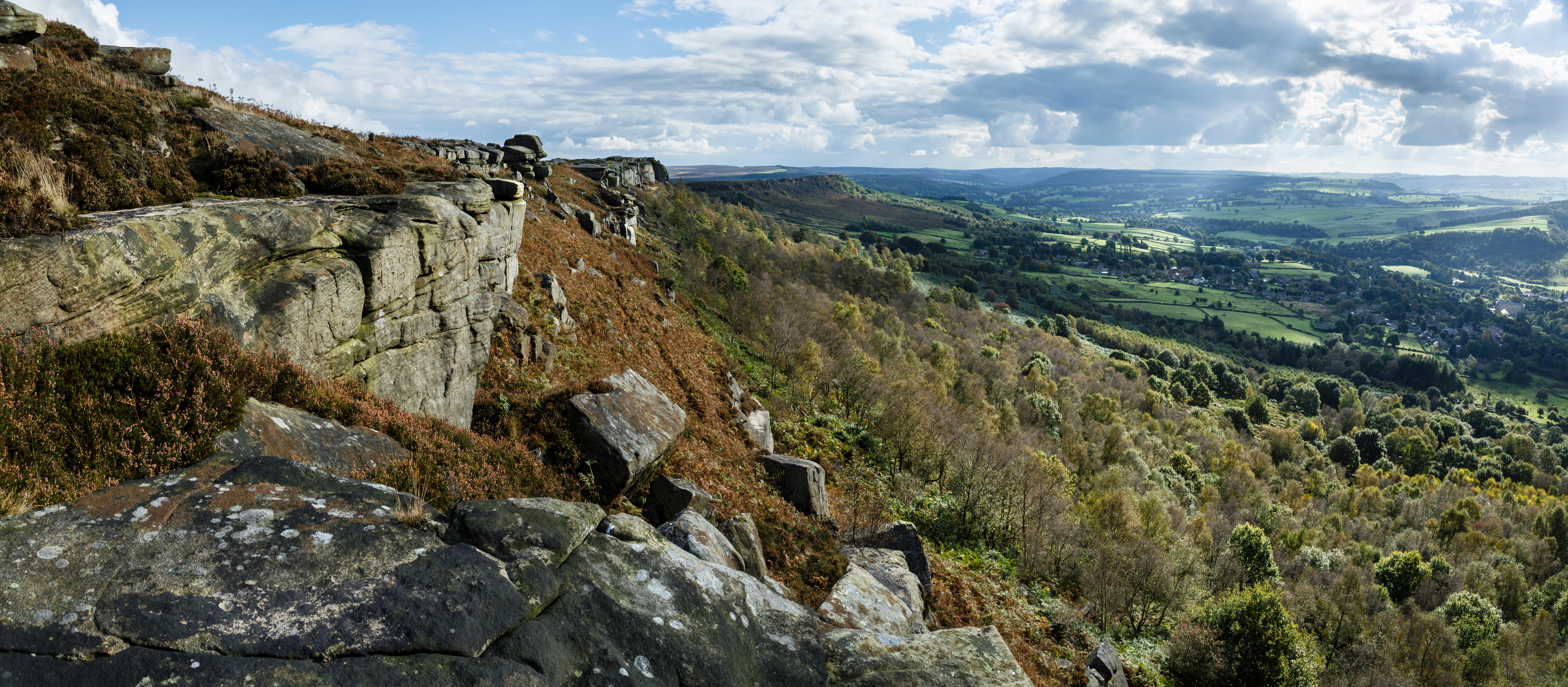
The mills built by Arkwright and his fellow factory masters line the Derwent as it winds through the heart of Derby and north to Cromford Mills, where a tremendous restoration recaptures the spirit of those pioneering days, including the less appetising stories of child labour and poor working conditions. The whole stretch from Derby to Cromford has, since 2001, been a World Heritage Site and, in the heart of Derby, John & Thomas Lombe’s 1720s silk mill is being transformed into a Museum of Making.
I walk up the river in the early morning before the symposium, delighting in the confluence of Nature and history. It’s a gorgeous morning, with dappled light on the river reflecting the monumental 18th-century mills. Within minutes, I’m in Darley Park, where the site of an Augustinian abbey was taken over by Thomas Evans as part of his mill empire in the 19th century. The family gave the gardens to the city in the 1920s and they’ve become a vital green lung.
I keep walking — I’m on the Derwent Valley Heritage Way — passing a group of mills that has been converted into a wedding venue, restaurants and trendy cafes, then on through fields towards Little Eaton, until I’m forced to turn around when I’m unable to cross the railway line.
This gives me the appetite to walk out of Derby again after the symposium, this time to the west, drawn by the allure of Kedleston. Leaving the university, I walk through Markeaton’s friendly, buzzing park before picking up a footpath that takes me straight to the edge of the Kedleston estate. Here, I join the Long Walk and the people enjoying the circular perambulation around the glorious Adam house built for the 5th Baronet in 1765, exactly as Lady Scarsdale intended her family and visitors would.
Sign up for the Country Life Newsletter
Exquisite houses, the beauty of Nature, and how to get the most from your life, straight to your inbox.
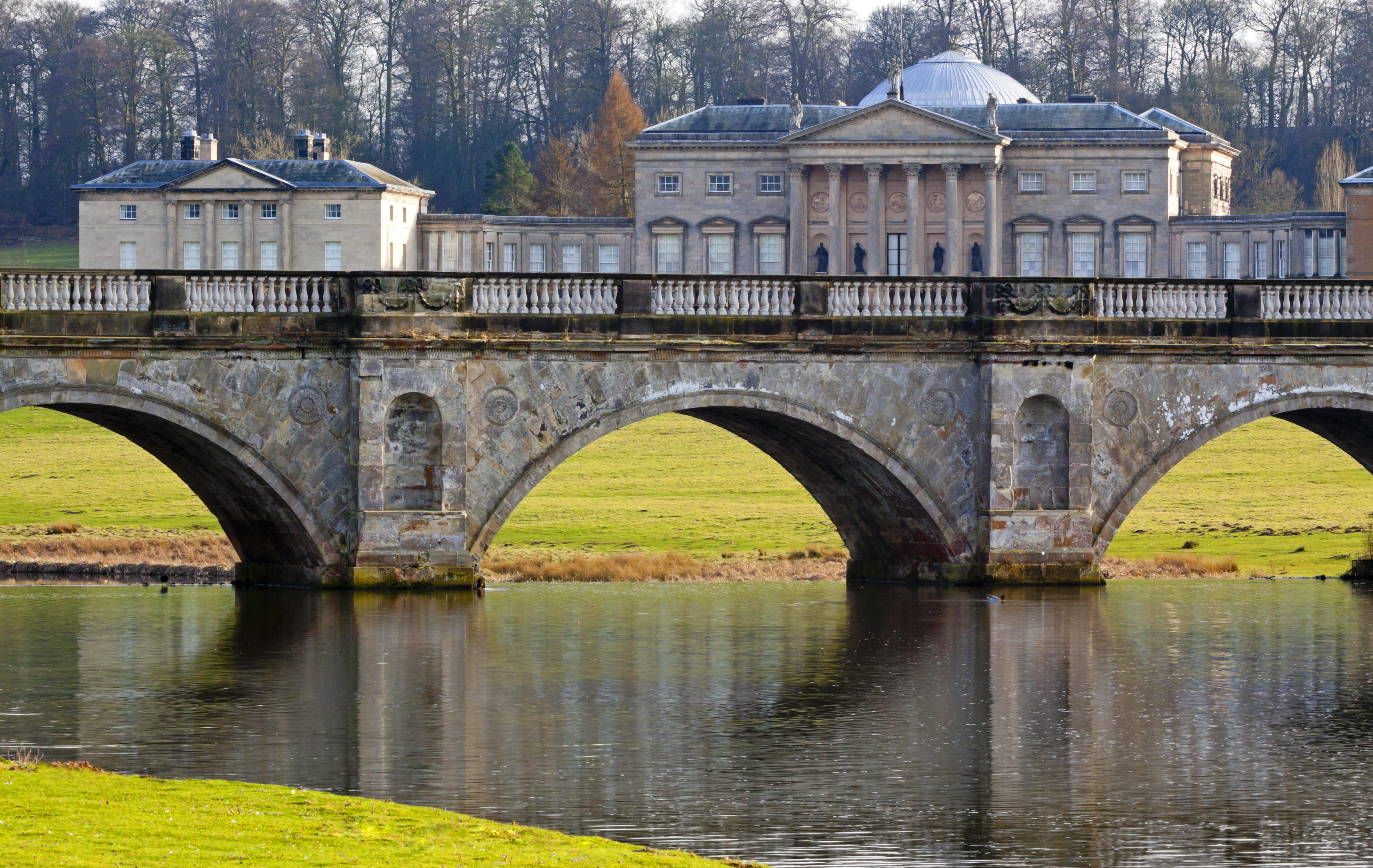
The irony of this beautiful house being completed as Arkwright was building his mills doesn’t escape me. The contrast between rich and poor, with the park at Darley and the pleasure ground at Kedleston being intended for such different audiences, is pronounced.
Today, we consider it all beautiful: mills and statuesque houses, parks wherever they are and the chance to immerse ourselves in history. The National Trust, Derbyshire County Council and the World Heritage Site managers all want to give people access to these places for the refreshment of our souls and, in Derby, it’s all so very close.
As we heard at the symposium, however, not everyone is benefiting. The latest research suggests that two big audiences are missing out: those in greatest poverty (even if the countryside’s close, it can be psychologically distant) and the young, especially adolescents. Our task now is to remedy that and make sure the countryside, beauty and history are for everyone.
Fiona Reynolds is Master of Emmanuel College, Cambridge and author of ‘The Fight for Beauty’
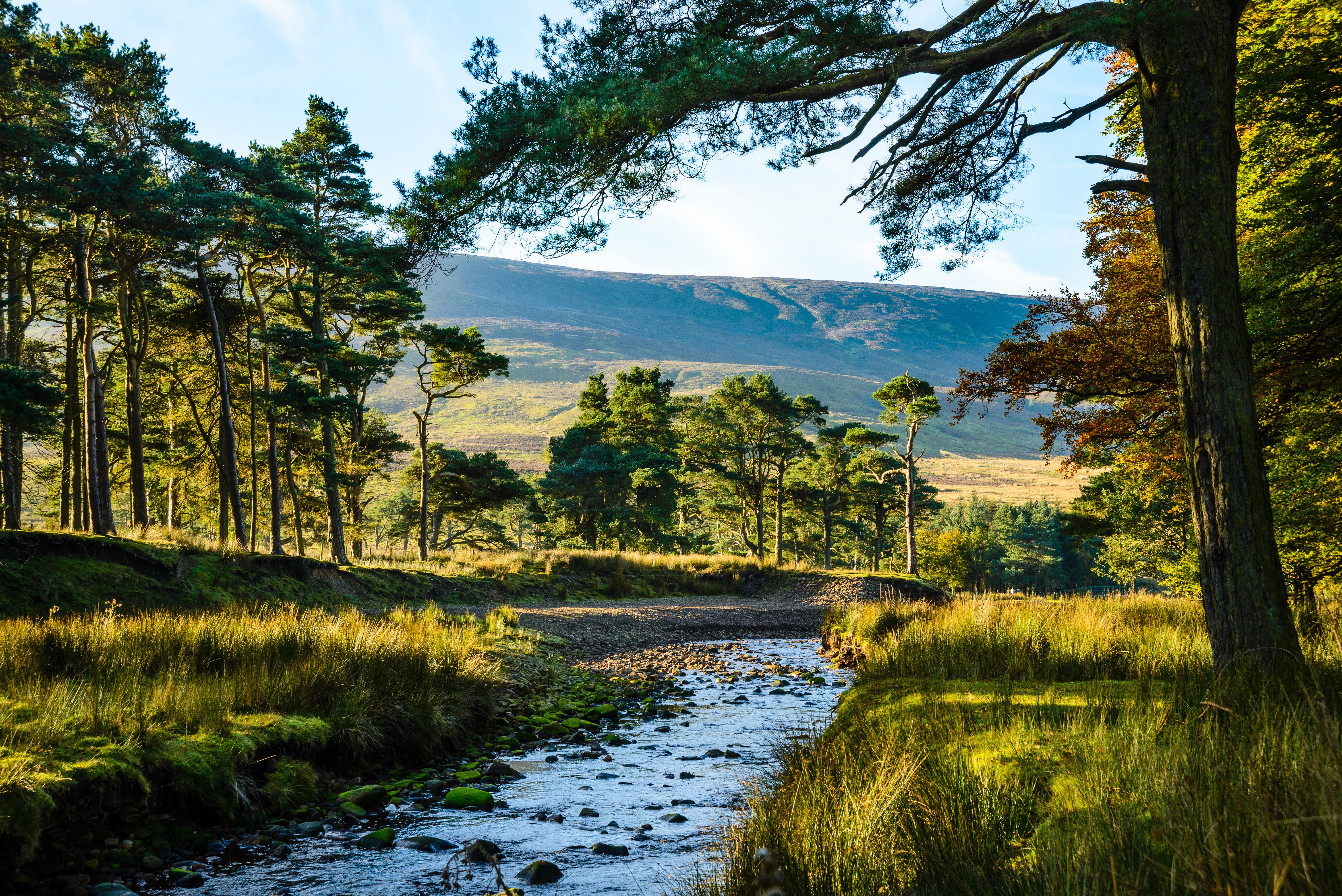
A walk through the Forest of Bowland: 'I feel the immensity of the history of this place and am deeply moved by it'
A solitary dawn walk through the Forest of Bowland is a magical experience, says Fiona Reynolds.
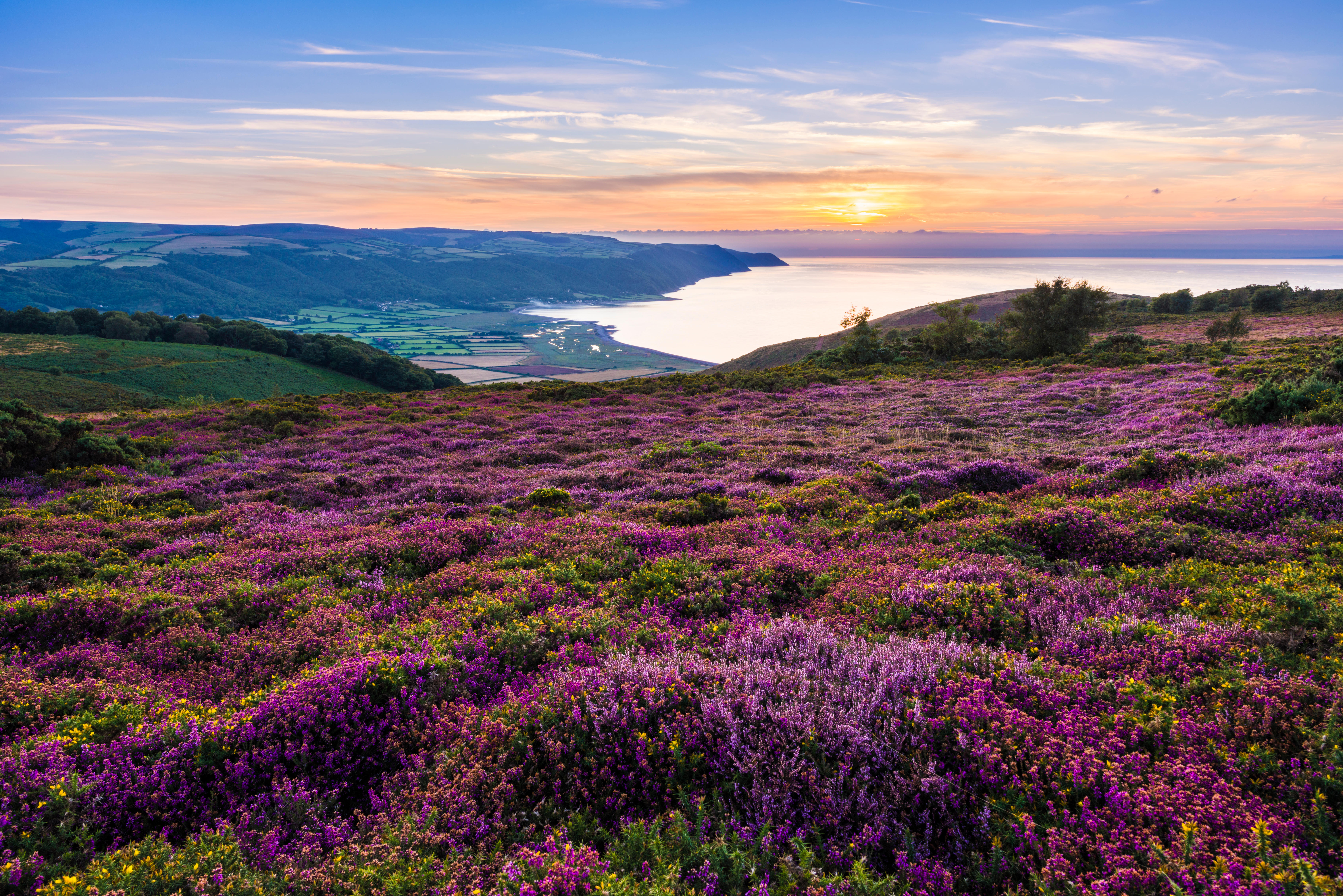
Credit: Alamy
Walking Exmoor: 'The views open out and there's just me, a lone figure in an immense, almost featureless landscape'
Fiona Reynolds walks in the footsteps of Lorna Doone and finds that there’s still a feeling of wilderness out on

Climbing Ben Stack: A perfect, conical mountain whose paths are adorned with bluebells, violets and orchids
Fiona Reynolds takes time out during a trip to Scotland to climb one of its most beautiful little peaks: Ben
Fiona Reynolds is chair of the Food, Farming and Countryside Commission, the former director-general of the National Trust, former Master of Emmanuel College, Cambridge, and the author of The Fight for Beauty. Follow her on Twitter @fionacreynolds.
-
 Some of the finest landscapes in the North of England with a 12-bedroom home attached
Some of the finest landscapes in the North of England with a 12-bedroom home attachedUpper House in Derbyshire shows why the Kinder landscape was worth fighting for.
By James Fisher
-
 John Sutcliffe — The man, the myth and the paint-naming legend behind Dead Salmon and Elephant's Breath
John Sutcliffe — The man, the myth and the paint-naming legend behind Dead Salmon and Elephant's BreathBy Carla Passino